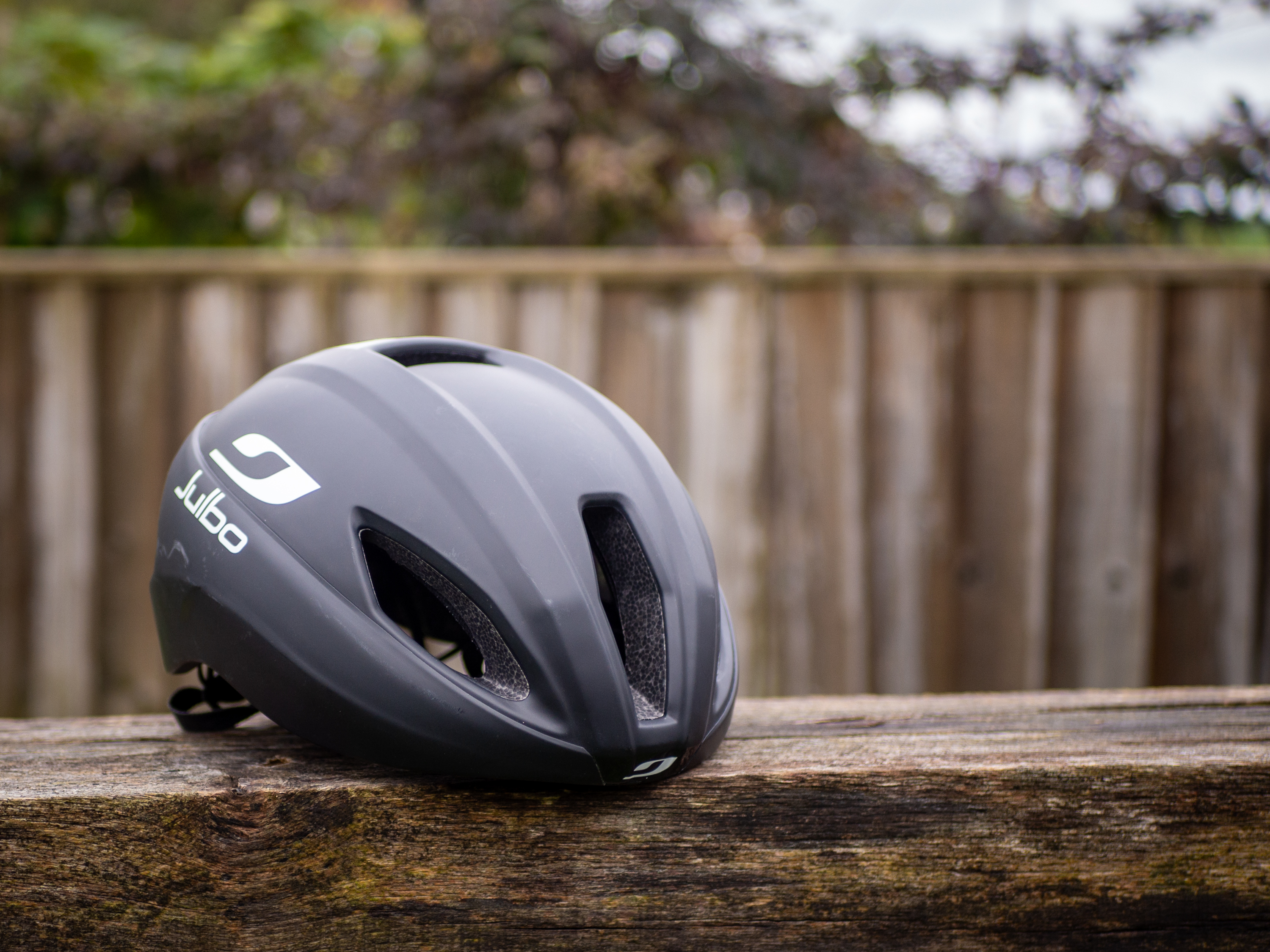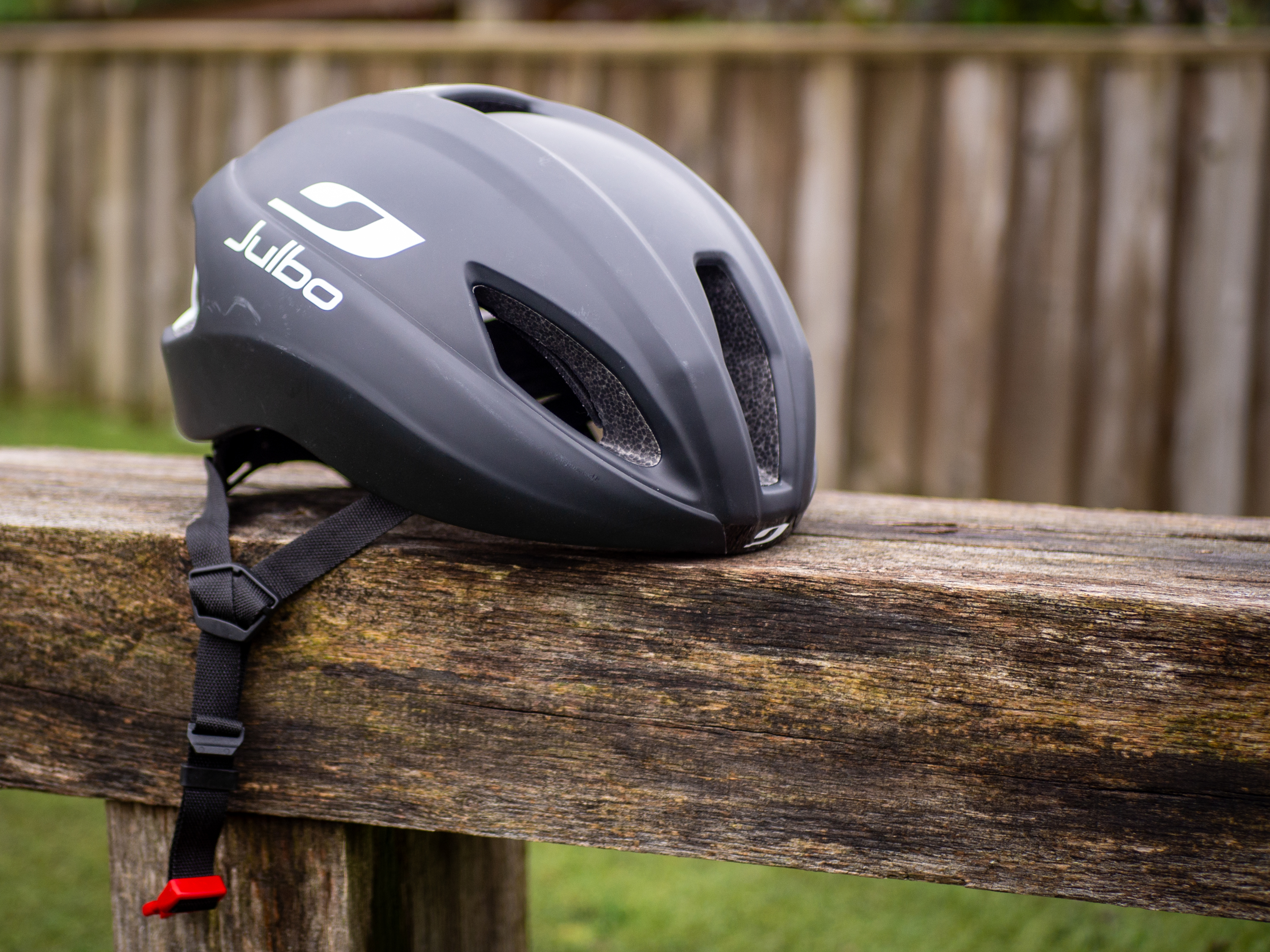
Price: £122.00 / €149.90
Weight: 259 grams - M
Sizes: M/L
MIPS: No
Colours: Matte black
The Julbo Sprint helmet is the brand’s aerodynamic offering alongside its two other, more ventilation-focused, race day road helmets. The men's professional team Groupama-FDJ wear Julbo’s helmets in the WorldTour, after switching from long-time partner Giro.
Very little info about the helmet is provided by the brand, with optimally tuned air vents and aerodynamic performance across multiple wind angles being the main claim for this helmet.
We recently took the Julbo Sprint to the wind tunnel to compete against the other aero road helmet competitors and found it performed pretty strongly. Coming in at €149.00 (international pricing varies), it is also one of the cheaper aero road helmets available along with the Van Rysal FCR, and finished ahead of several more expensive competitors. However, the performance of a helmet is not solely based on its aerodynamics, so we took to the road with the Julbo Sprint to see how it performed elsewhere.
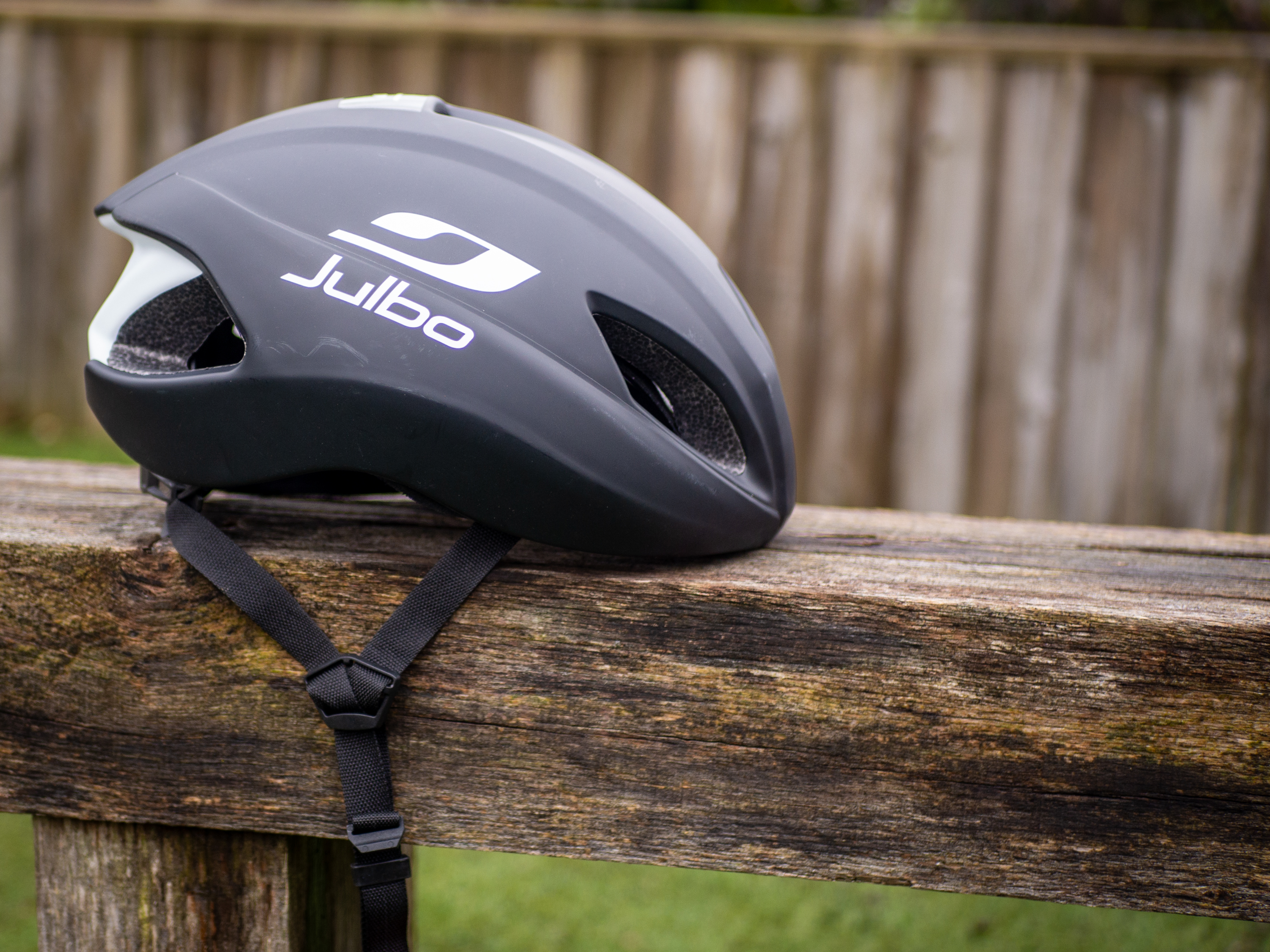
Design and specifications
When compared to the plethora of aero competitors available at the moment, the Julbo Sprint does feel a bit basic. The helmet features a polycarbonate shell over an EPS foam interior, as is standard with most road helmets now. The shell extends beyond the edge of the helmet, protecting the foam from dents, but there are a few seams where the edges of the shell meet each other which look a little messy.
Across the exterior of the helmet, there are three front vents, one top vent, and three exhausts to take air in and expel warm air out. The helmet also features a fairly slim profile for the 54-58cm size.
As for sizes, only two are available: the aforementioned 54-58cm medium, and the 58-62cm large. The retention dial tightens the helmet on a 360-degree adjustment for the cradle, while there is some vertical adjustment for the retention dial and rear cradle.
The dial itself is textured plastic to assist with grip and can perform micro-adjustments for closure or release. The helmet straps have vertical splitters on them to adjust around the ears, while the three-pronged buckle and strap can be adjusted easily and feature a rubber stop to keep the straps tidy.
As far as anti-rotational impact protection goes, there is nothing specific to the helmet, with no MIPS or Kineticore-like design elements. So if this is a key consideration for you, you might want to look elsewhere. Claimed weight for the size Medium is 255g, with our test unit coming in at 259g, well within the margin for error with most brands' helmets.
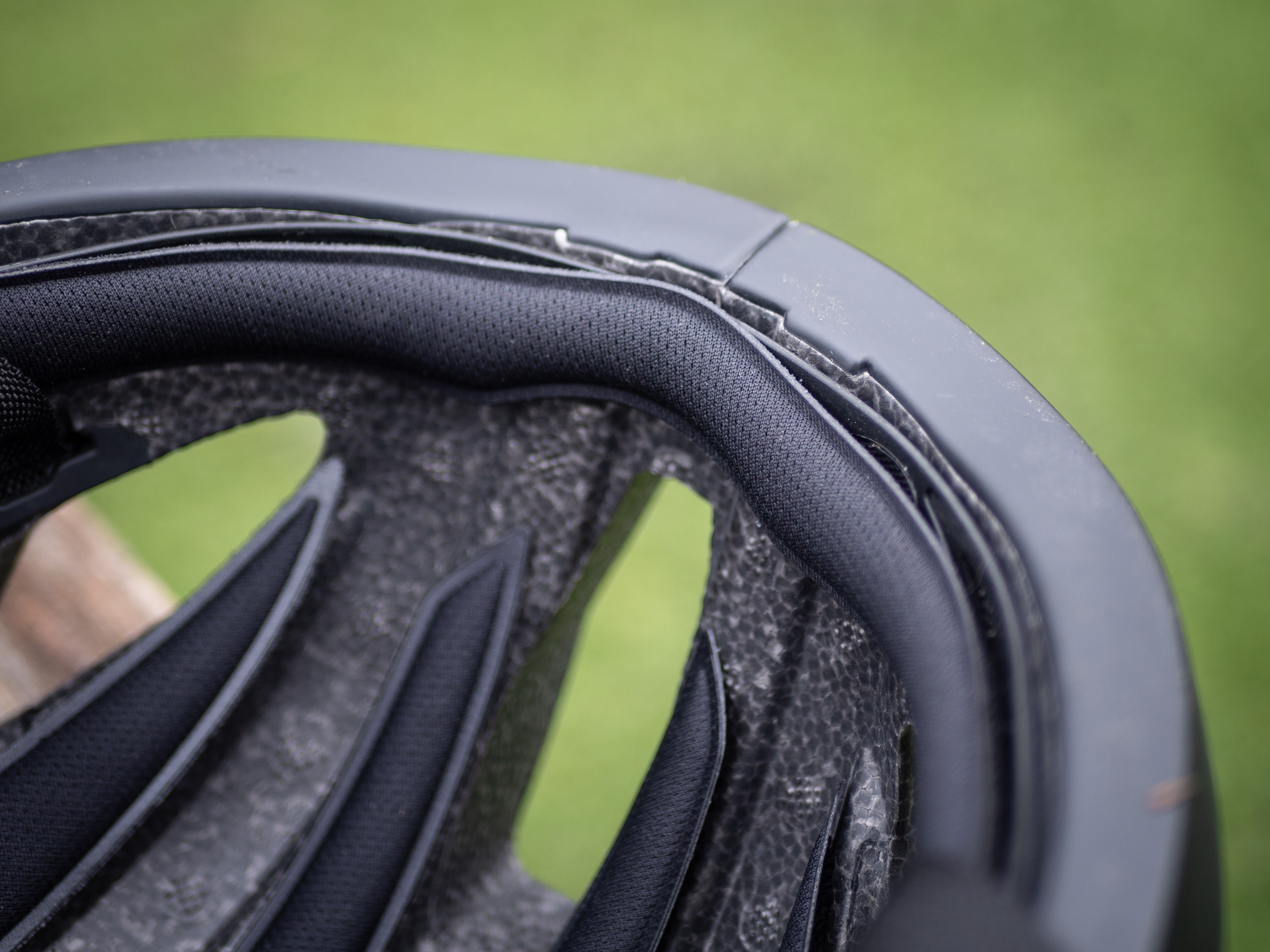
Performance
If you're investing specifically in an aero helmet, it's probably safe to say you will want to know how it performs in terms of aero. We recently wind tunnel tested 23 aero road helmets at the Silverstone Sports Engineering Hub to pit them against each other.
The Julbo Sprint performed pretty well in the test, finishing 9th overall, only five watts slower at 40kph than the fastest helmet. What makes this impressive, and slightly odd is that the brand doesn’t give any specific details on their testing or development of the helmet for it to have outperformed several more expensive helmets. Working as an aero consultant myself, I would imagine that the relatively slim profile of the helmet helps it perform well in a more upright head position, while the shallower internal channelling should perform better on a more buzz-cut hairstyle.
This narrow profile however leads us to the first problem with the helmet, the fit. It's quite narrow, I found the Julbo Sprint was not particularly comfortable on my head.
It had a very slight arrow profile internally where the front started to taper from the midpoint on the sides so that I felt my temples squeezed ever so slightly. Adding a cap underneath was not possible to do comfortably.
It was similar to the Abus Gamechanger 2.0, another helmet that just doesn’t fit my head that well, but does work for others. I still think the size medium Julbo is on the small side, so best to try before you buy to ensure it works for your head shape.
There are other comfort issues too, with the strap being not quite long enough for me so I always felt a bit of pressure under my jaw from the strap even when it was loosened off to the maximum. Again, this could just be a fit issue for me, but it’s not a problem I’ve had with any other medium helmet I’ve tested.
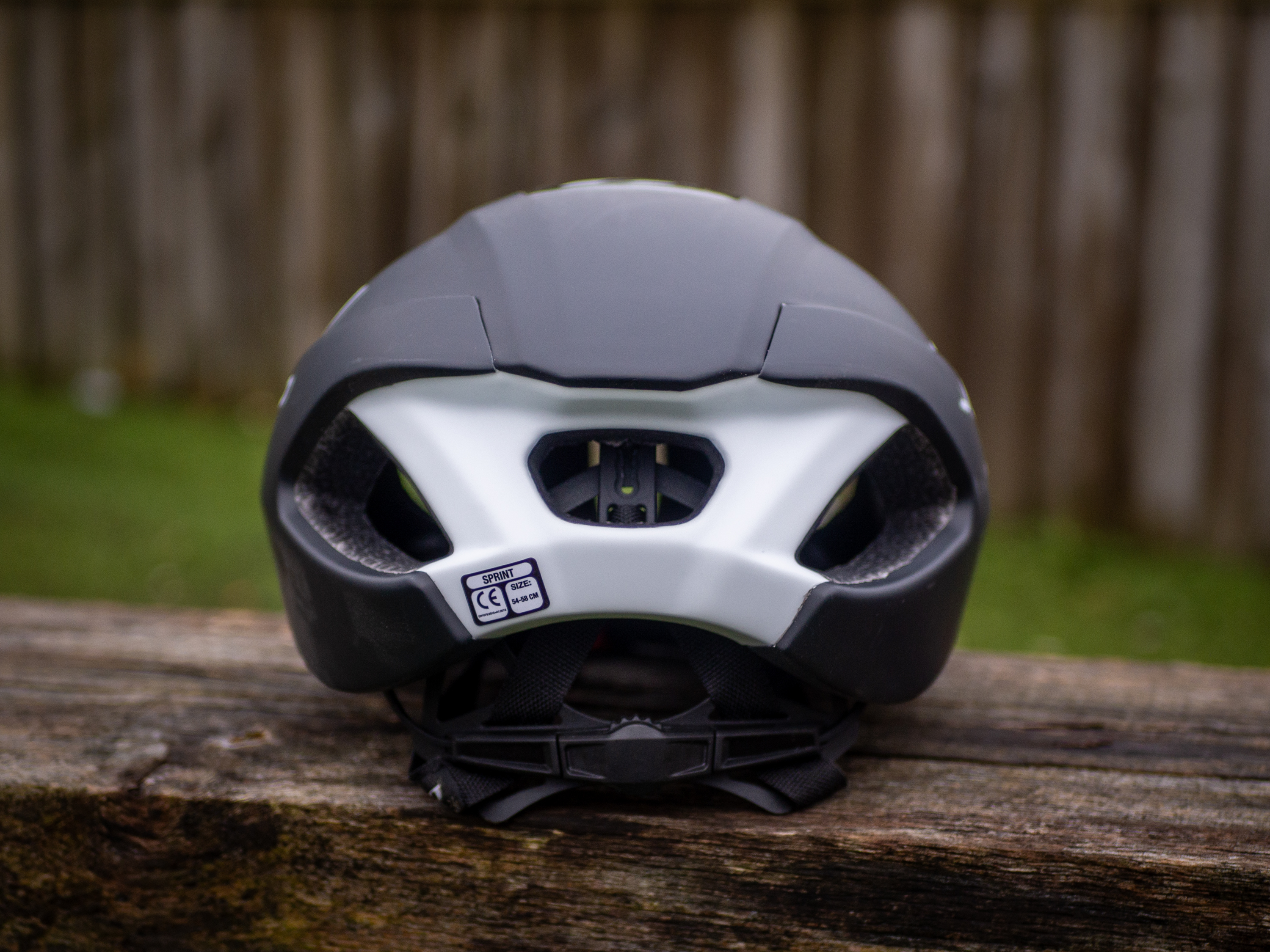
Another feature which bridges comfort and performance is ventilation. This is an area where the Julbo Sprint was not great in my testing.
We’ve had a bit of a warm October with temperatures reaching around 16C/61F some days here in the UK. This combined with steeper climbs gives a good opportunity to test the ventilation of helmets in the most common UK weather. Even at around 10C/50F, I found that the Julbo Sprint got warm, more so than other aero road helmets I’ve tested.
The shallow internal channels likely make airflow a bit difficult with a head of hair interacting with the airflow, whereas the POC Procen Air features limited venting but huge internal channels, so airflow is surprisingly ample.
The one saving grace was that the padding took a decent while to get saturated to the point that sweat dripped in my eyes, thus alleviating some perception of getting too warm.
Finally, crash protection. I’ve been fortunate to not have many crashes, fewer where I’ve hit my head. However, a lot of research has been conducted into the effects of crashes at angles and how that can result in brain injuries such as concussions.
This has resulted in most helmet brands featuring some form of anti-rotational impact protection, be it MIPS (Multi-directional Impact Protection System) liners, Lazer’s Kineticore crumple zone technology, or Kask’s WG11 (Working Group 11) testing methods.
All of these technologies or tests are aimed to reduce the likelihood of concussion in the event of a crash. The Julbo Sprint features no such specific technologies and has not been tested by any independent crash safety protocol such as the Virginia Tech Helmet rating.

Value
Julbo’s Sprint helmet does come in at a price that undercuts the majority of the aero road helmet market. At €149.99 (international pricing varies) there were only two helmets that came in cheaper as part of our wind tunnel testing, the Carnac Evo which was significantly slower and felt downright dangerous to wear, and the Van Rysel FCR which was one of the fastest and was reviewed positively by Tom. Almost every other aero helmet competitor comes in at a retail price of more than €200.
However, there is more to value than just performance in the wind tunnel, and this is where it starts to fall apart for the Julbo Sprint. Ventilation and fit are other key aspects of a helmet’s performance, and in both of these areas, the Julbo suffers compared to the competition. If it was my own money, I would happily spend more to get a helmet that balances aero and ventilation better, with Trek’s Velocis helmet performing slightly better in the wind tunnel as a ventilation-focused helmet for example.
There is also the consideration of helmet safety, which is the main reason any of us wear a helmet at all. With no independent crash testing, and no specific anti-rotational impact protection system, there is the potential that the Julbo Sprint may not protect your head as well as say the Trek Velocis, which is 16th overall on the Virginia Tech safety rating with a 5/5 safety score.
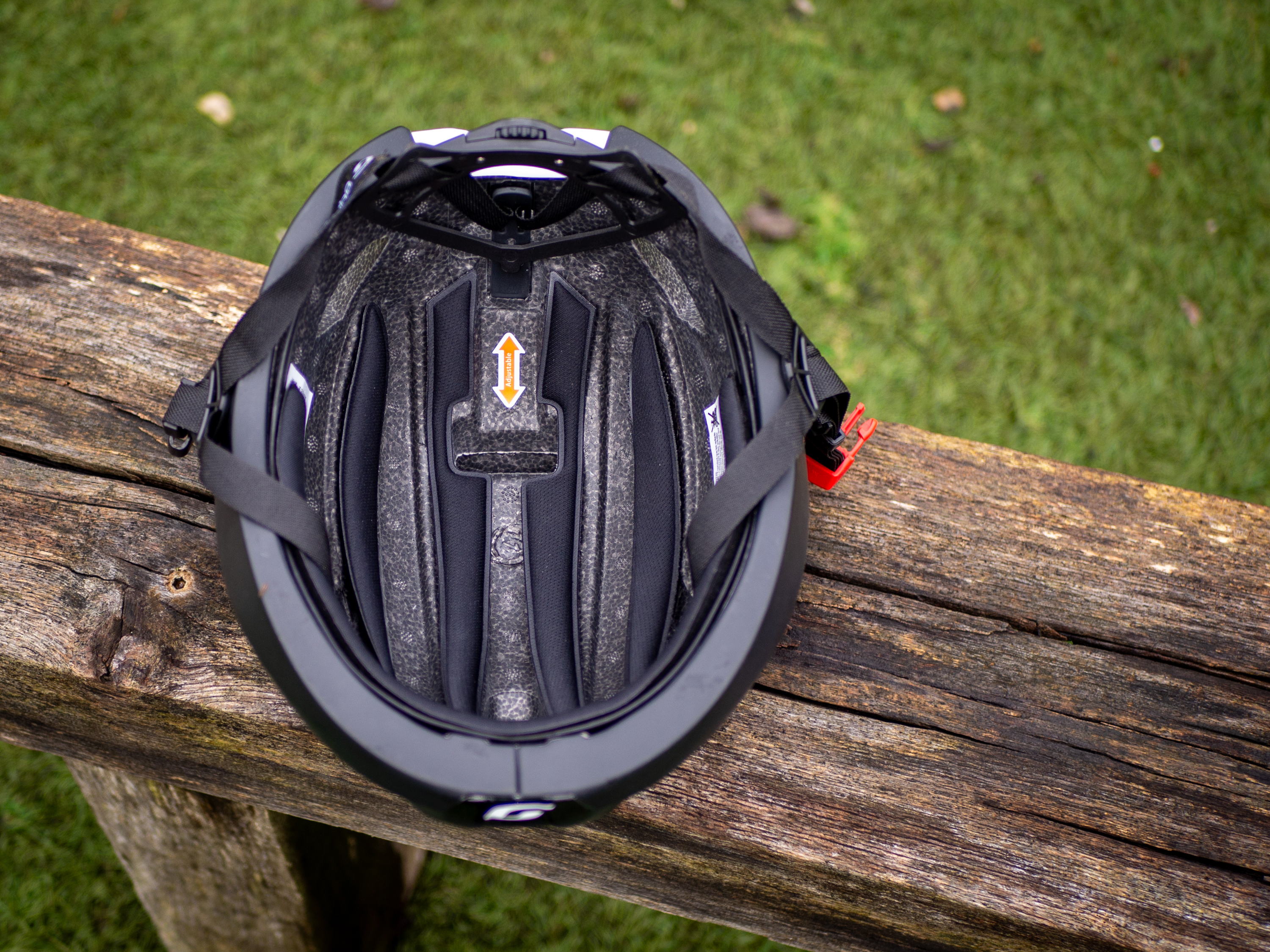
Verdict
A strong performer when it comes down purely to aerodynamic performance, and also coming in at a price which heavily undercuts many of the aero road helmet competitors. However, there are several areas in which the Julbo Sprint does not perform well, and as such, more investment would be worthwhile.
A combination of below-average ventilation, a poor fit (at least on my head compared to other size medium helmets), and a lack of more modern and up-to-date safety features let this helmet down.
If it does fit your head though, and aero performance and reasonably low weight are your key necessities, then the Julbo Sprint may be worth considering.
If you want better ventilation, fit, and crash protection tech, look elsewhere.
